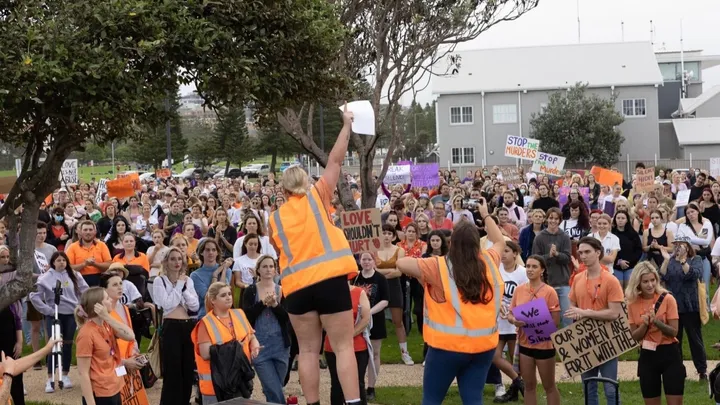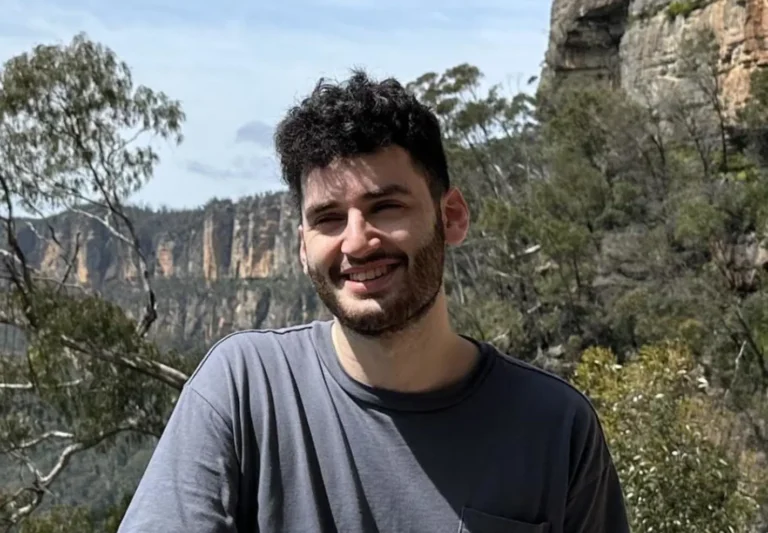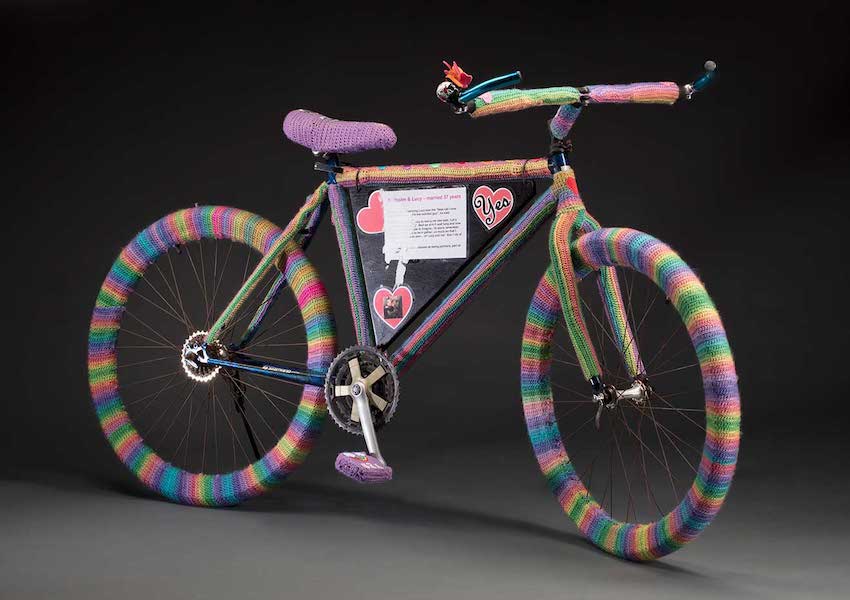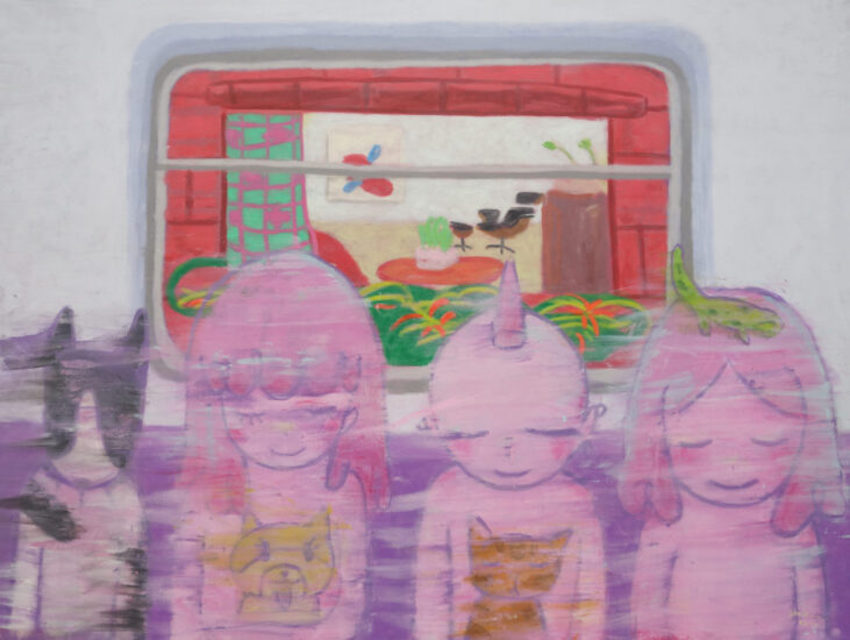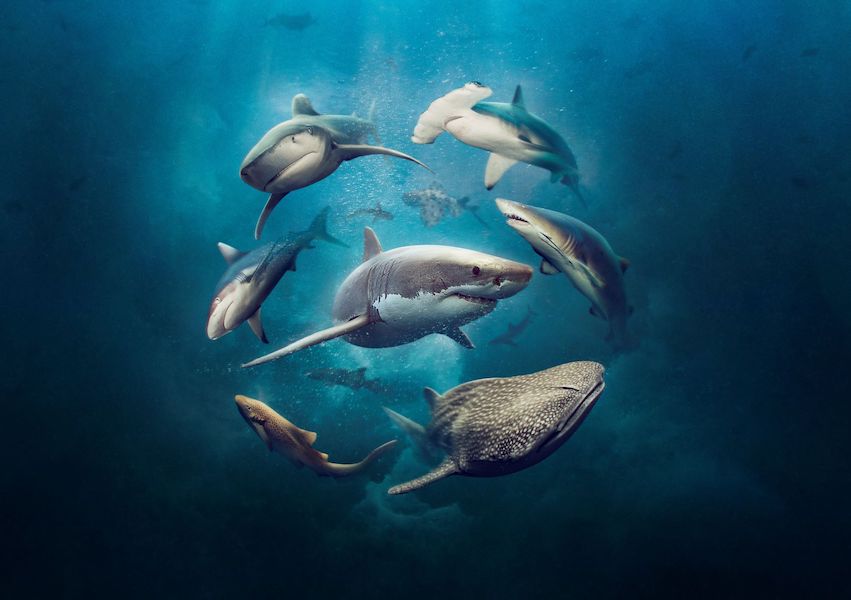
THE BLAKE PRIZE & AVANT-ART
Like most of Australia’s biggest art prizes, the Blake has been earmarked by controversy since its inception in 1951. As a society dedicated both to religious expression and artistic freedom, it was destined to never please both camps. In 1954 Charles Bannon’s fiercely abstract Judas Iscariot raised the ire of art-purists and religious fundamentalists alike.
Last year’s winning entry by local artist Angelica Mesiti, featuring a sweating crowd of rapturous youths at a concert, was the first time-based piece to take the prize. In response to the win an eminent art critic from the Australian sniped, “Ecstasy is cheap.” The Emerging Artist gong also went to a video artist Grant Stevens for his In the Beyond; signalling a firm start down the path of progressive. This year, many artists have taken heart from these wins, seeking recognition and support in a small and still quite traditional industry.

“I saw the video work, and it did inspire me to enter, because I realised it is quite a progressive prize,” says Amanda Cole, one-half of the Twitter Hymn Book project. “A lot of the older prizes, like the Archibald, and the Sulman, don’t have new media categories. This certainly opens it up to younger people working with different types of technology.” Her entry, along with Warren Armstrong, is a hybrid piece bridging the internet, visuals, and musical composition. Sourcing trending topics on ‘spirituality’ and ‘religion’, the pair have compiled a hymn book for our time, with each letter of the alphabet matched to a different note. The project has been done before, but tailored here to suit the religious tone. When asked if that adjustment was an uncomfortable one to make, Cole laughs. “How do I answer that? It’s fun having a theme, actually. Even just from a humorous perspective we found all sorts of things.”
Other new media entries include Andrew Forsyth’s lazy 8 – everywhere fast (2010) and Merilyn Fairskye’s Aqua/Ocean (2009), They comfortably sit alongside a number of highly conceptual installation pieces, such as Tammie Castles’ Afterlife Travel (2010), a series of propaganda Ziploc bags.

The face of the Blake may be changing – but its values remain clear, as evidenced by the recently added Human Justice prize. Fiona White is entering her vibrant AGE 36 (2009) in this category, one she deems, “Really stands for something.” In it, an Indigenous man has been tazered on the bridge of his nose, causing him to burst into flames. White based it on a news account from remote Western Australia. “I just felt like stronger stories needed to be told,” she says.
A shared thread amidst all the works is the need for recognition and support. “If I win, I think it’s important just for the fact that the painting’s got recognition,” says White. Meanwhile, Cole says, “I am a struggling artist in general. Any prize money I get can help with keeping me going on my artistic projects.” In a country that still has a dearth of significant arts support, outside of painted landscapes and portraits, the Blake Prize is increasingly important. The winners will be announced Sept 2.
Sep 3-Oct 2, National Art School Gallery, cnr Forbes & Burton Sts, Darlinghurst, nas.edu.au
